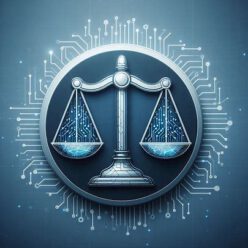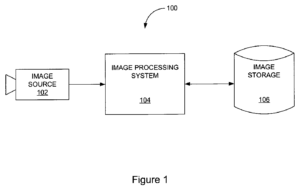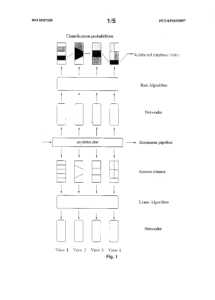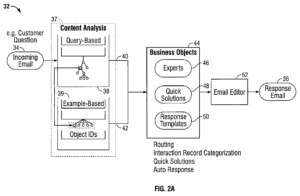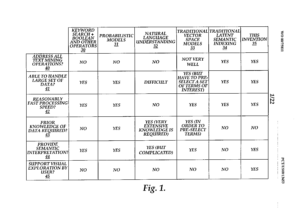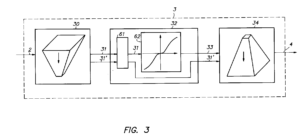Edge Detection – T 0165/ 12 – 6 July 2017
In this decision, the Board found that the description of the main request did not support the claim, as the description disclosed only one specific example of a merely general feature (“first phase congruency component”). In an auxiliary request, the appellant overcame this rejection, but the claimed subject-matter is still...
Classification/BDGB ENTERPRISE SOFTWARE – T 1358/09 – 21 November 2014
This decision concerns the patentability of the classification of text documents. In this context, the Board clarifies whether the determination of claim features contributing to the technical character is made without reference to the prior art. Object of the Invention: the invention is concerned with the computerized classification of text...
Categorization of Messages – T 1316/09 – 18 December 2012
In this decision, the Board considers the technical effect, i.e. categorization of electronic messages is more efficient and better, to be speculative. Object of the Invention: method and a system for suggesting automated responses to an incoming electronic message based on content analysis and categorisation Board I (inventive step): a...
Text mining/BOEING – T 1416/06 – 24 April 2009
In this decision the board considers the data does not form a physical entity. Object of the Invention: the subject matter is directed to a method of representing a document collection the method is to a large extent defined in terms of equations the purpose of the method is to...
Image classification / STMICROELECTRONICS – T 1148/05 – 27 May 2009
In this decision, a method of image classification was claimed. The Board assumed that all features contribute to the technical character and that the sufficiency of disclosure was given. Object of the Invention: image classification method for classifying digital images into photographs, texts, and graphics conventional heuristic methods implemented by...
Contrast enhancement/AGFA-GEVAERT – T 1019/99 – 16 June 2004
In this decision, the closest prior art is a document published about 5 years before the patent. According to the patentee, no one had worked on this document during those 5 years. In this decision, therefore, the competent Board is dealing with the question of whether an ‘old’ document can...
